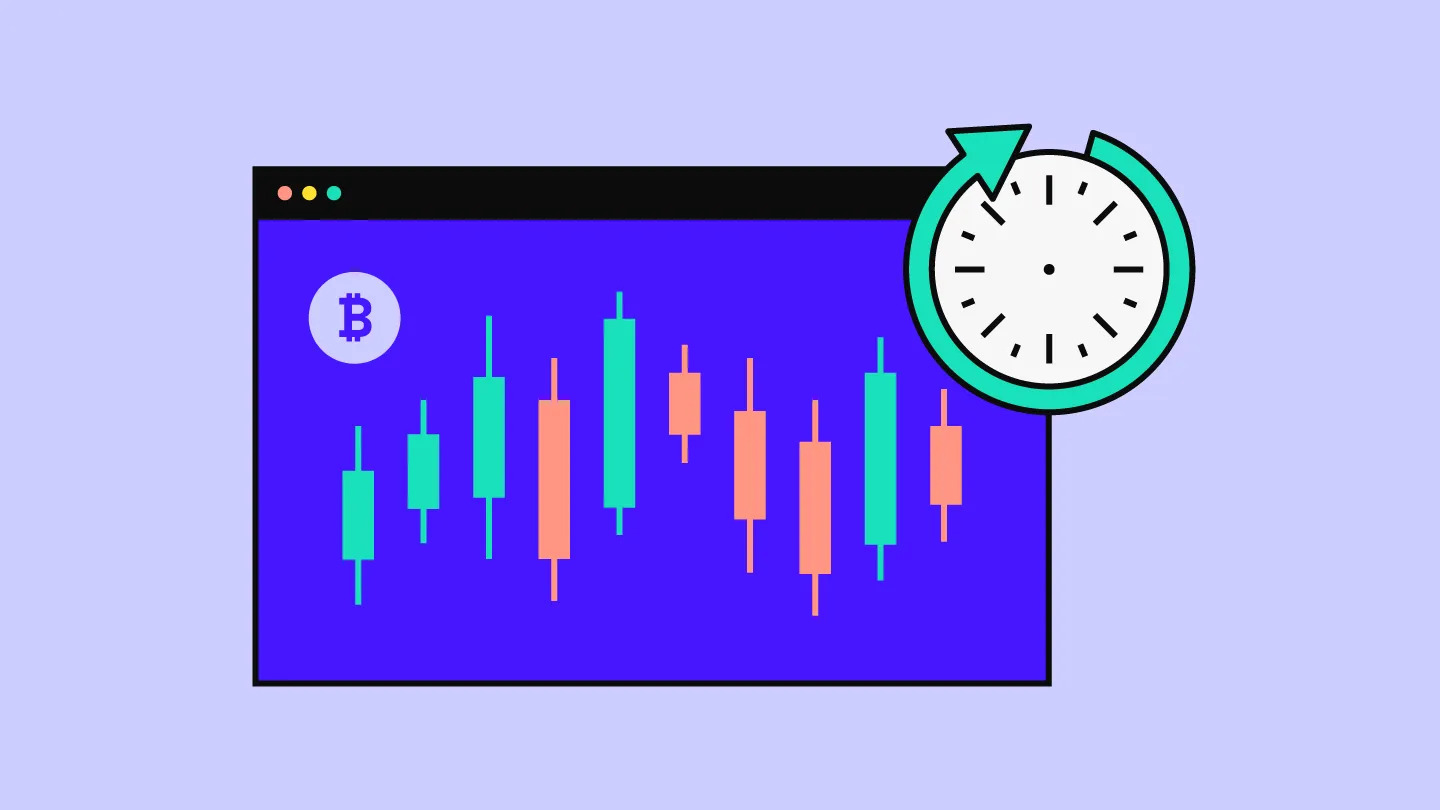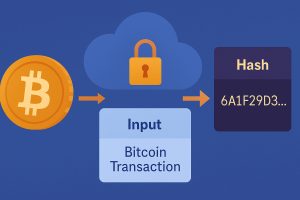Understanding Bitcoin Arbitrage in Real-Time Markets
Bitcoin arbitrage involves buying Bitcoin at a lower price on one exchange and selling it at a higher price on another. Since price differences may last for only a few seconds, timing becomes everything. Traders who specialize in arbitrage must act quickly and rely on efficient tools to capitalize on these gaps.
The cryptocurrency market runs 24/7, and that adds to the urgency. Prices move not just due to supply and demand but also because of liquidity, volume, and regional activity. Many traders use an online stopwatch to monitor timing windows more precisely, since even a delay of a few seconds can cause them to miss a valuable opportunity.
To stay competitive, many arbitrage traders use timers and automation tools to respond instantly. These timers help them keep track of windows when trades can be executed with profit and alert them when that moment arrives.
The Role of Speed in Arbitrage Opportunities
Speed isn’t just a preference; it’s a requirement. Unlike traditional markets that close, crypto trading continues non-stop. The constant motion creates short-lived chances where a coin might be cheaper on one exchange for a minute—or less.
Traders use algorithms with built-in timers to scan multiple platforms at once. These tools calculate the price difference and execute trades when profit margins meet a predefined threshold. The timer ensures no second is wasted.
This method reduces hesitation and removes the need for manual monitoring. A human might take several seconds to verify a price, but a timed bot can react in under one second. That’s often the difference between profit and loss.
How Timers Help Minimize Risk
Timers do more than just help traders act quickly—they also protect them from risk. Markets can reverse in an instant, and what looks profitable one moment might become a losing trade the next.
By setting a narrow timer window, traders can make sure their transactions only execute within that brief window of safety. If conditions change, the system automatically aborts the trade.
This automation also means fewer emotional decisions. Instead of reacting impulsively, traders rely on data and systems. Timers help enforce discipline, especially during high volatility or unexpected news events.
Setting Thresholds with Timer-Based Alerts
Some arbitrage traders don’t automate the trades fully. Instead, they use timers to alert them when conditions are favorable. These alerts often come with thresholds—like price difference percentages or volume requirements.
A timer tracks how long that threshold is met. If it lasts beyond a few seconds, that may indicate a stronger opportunity worth manual execution. If it disappears quickly, the trader knows to stay cautious.
This strategy blends automation with human judgment. It gives the trader more control while still ensuring they don’t miss a time-sensitive moment. It’s especially helpful for new traders who want to be involved without rushing in blindly.
Automation Platforms with Built-In Timers
There are several trading platforms designed specifically for crypto arbitrage. Many come with built-in timers and customizable trade parameters. These tools act as the trader’s eyes and hands, working across exchanges with speed and precision.
Some platforms let users decide how many seconds a price difference should hold before executing a trade. Others include features like latency tracking and exchange reliability scoring to avoid failed transfers or system crashes.
Choosing a platform with timer functionality isn’t just about profit—it’s about stability. A missed trade is one thing, but an unconfirmed or stuck transaction can cause major losses. Timers help avoid that by forcing checks before moving funds.
Importance of Syncing Across Multiple Exchanges
Arbitrage only works when exchanges can be compared instantly. If the data feed from one platform lags behind another, a trader might act on outdated info. That’s where synchronized timers become essential.
With synced timers, a trader’s bot can compare snapshots from all exchanges within the same second. This ensures that the price data is consistent and reduces the risk of misinformed trades.
It’s especially useful when working with volatile pairs. A few seconds’ delay could mean the price has already shifted. Timers that run in harmony across platforms make decisions more accurate and reliable.
Handling Slippage Through Timer Constraints
Slippage happens when the price changes before a trade is completed. In arbitrage, even tiny slippage can erase profit. Traders combat this by placing time limits on how long an order should stay active.
If a trade isn’t executed within that timeframe, the system cancels it. This avoids unprofitable trades caused by slow networks, low liquidity, or sudden market movement.
By combining timers with slippage limits, traders can act confidently. They know their system won’t chase a price into a loss. Instead, it waits for the right moment—and if it’s missed, it moves on to the next opportunity.
Learning from Timer-Driven Trade Histories
Timers don’t just support decision-making in the present—they also help improve future strategies. Many traders review past trades that used timers to identify what worked and what didn’t.
By analyzing which timeframes led to profitable trades, they can fine-tune their systems. Maybe 3-second windows work better than 5, or maybe some exchanges are consistently slower and need longer timers.
This kind of review sharpens the strategy. It turns trading into a learning process, not just a guessing game. Timers provide the kind of measurable structure that helps traders grow and adapt.
Psychological Benefits of Using Timers
Beyond the technical benefits, timers offer peace of mind. Arbitrage trading is high-stress because of how quickly things change. Timers reduce the need for constant attention and help automate confidence.
When timers handle monitoring and alerts, traders sleep better. They know their system is watching the market, even when they’re not. That trust in their tools leads to less burnout and better long-term performance.
It also reduces panic-based decisions. A missed trade isn’t a crisis—it’s just part of the system’s design. Timers remove the emotional weight from the process, which makes trading more sustainable.
Choosing Tools That Match Speed with Strategy
Not all arbitrage tools are the same. Some prioritize speed, while others offer deeper analytics. The best systems balance both. Timers are most effective when paired with strategy—not just reaction.
Before choosing a platform or setting up a bot, traders look at their goals. Are they making many small trades or fewer large ones? Do they prefer alerts or full automation? Timers should fit that plan.
The goal isn’t just to move quickly—it’s to move wisely. When speed is combined with control, arbitrage becomes a precise tool. Timers help make that balance possible.
Building a System That Doesn’t Sleep
Bitcoin arbitrage doesn’t pause, and that’s why timers matter. Whether it’s early morning or late at night, someone somewhere is trading. A good timer setup means traders don’t have to stay glued to their screens.
Instead, their system acts like an assistant—ready to notify or execute at the right moment. It monitors, compares, and reacts without hesitation. And when something goes wrong, it pauses just as fast.
This level of control is why so many traders rely on timers. It’s not just about making money—it’s about making smart decisions every time, even when no one’s watching.
















No Responses